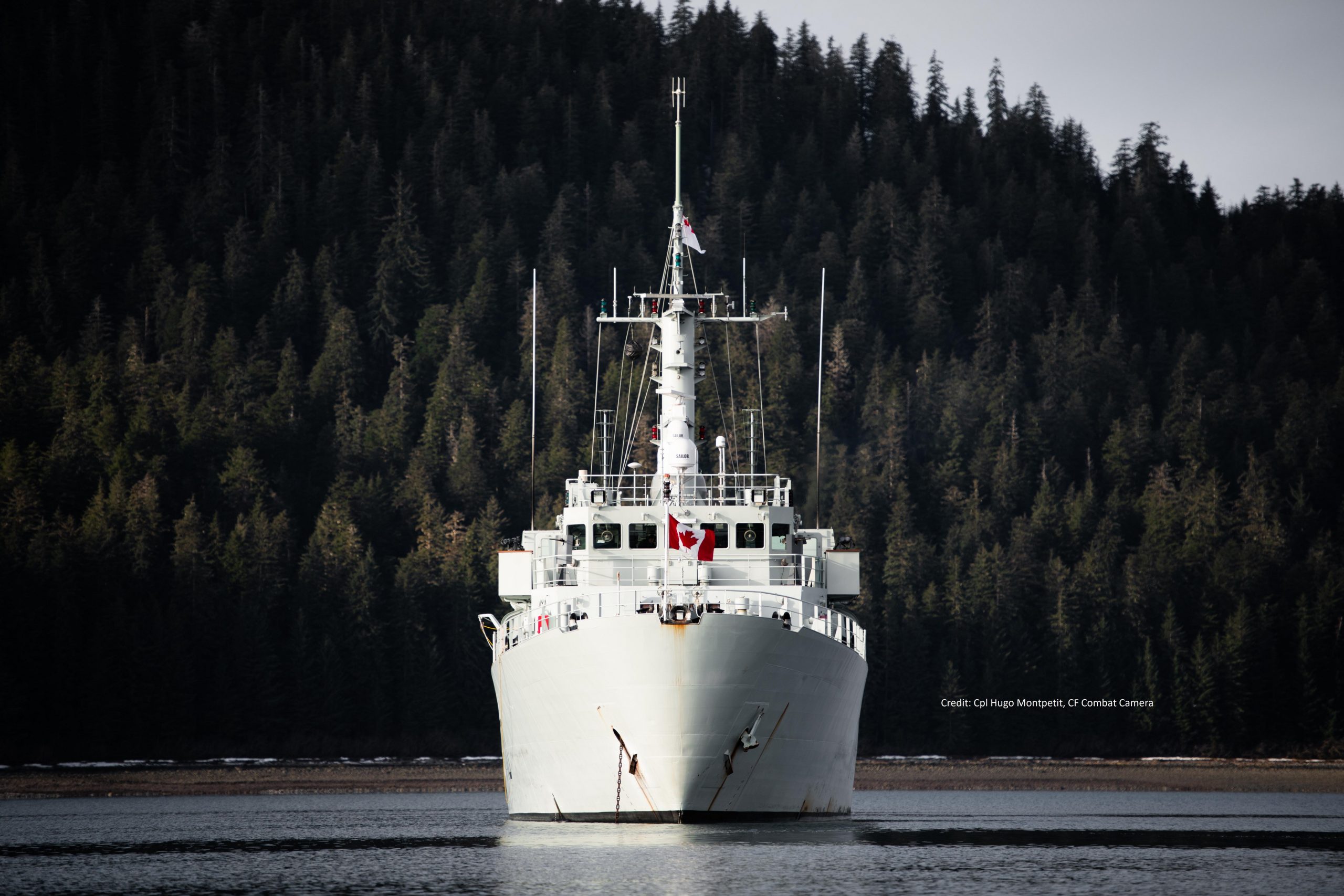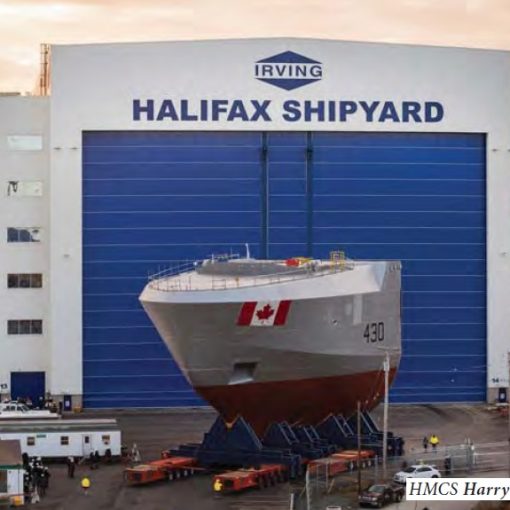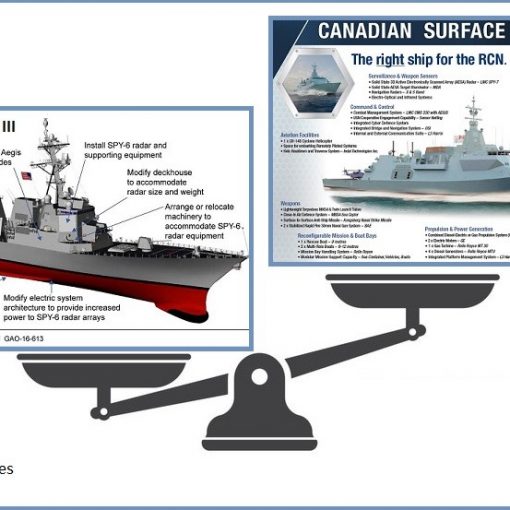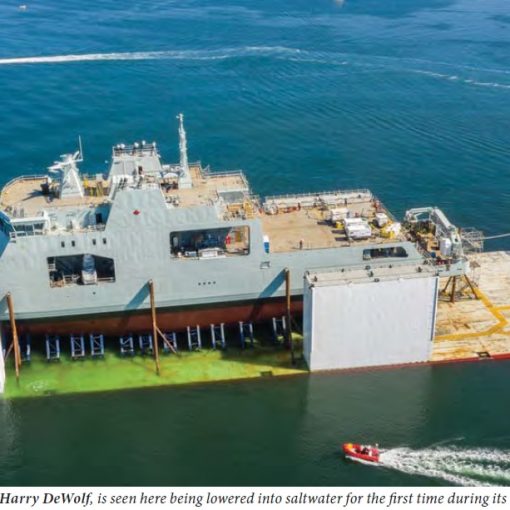By CNR Webmaster, 21 March 2022
Last week, CNR's photo editor and board member Timothy Choi co-wrote a short article with University of PEI professor Jeffrey F. Collins for the Canadian Global Affairs Institute called "If Only Warships Grew on Trees: The Complexities of Off-the-Shelf Defence Procurement." It examines the notion of "off-the-shelf" (OTS) procurement as it pertains to complex military hardware.
Recent events have made this perennial discussion even more important. As they note in the article:
Among the many issues being raised in Canada over Russia’s brutal, unprovoked war in Ukraine is the state of the Canadian Armed Forces (CAF) and its equipment. As the lack of highly sought-after anti-tank and anti-aircraft portable missile systems in the CAF’s inventory makes abundantly clear, the type and quantity of equipment held by a country’s military has a direct bearing on its foreign policy.
Getting equipment for the CAF is a battle in and of itself. The Trudeau government’s own 2017 defence policy found 70 per cent of procurement projects were delayed. A 2006 internal DND audit pegged the average length of time it takes to deliver major equipment at 15 years, a figure that has only worsened as shown by the 16-year (and counting) struggle to replace Canada’s four-decade-old CF-18 jet fighters.
This set of circumstances, illuminated by the war in Ukraine, has seen pundits like the Globe and Mail’s John Ibbitson, and other defence observers, cast about for solutions for Canada to quickly re-arm, or at least modernize its armed forces, to prepare for such a rapidly uncertain and unstable geopolitical environment. One clear idea the commentariat have focused on is buying off-the-shelf (OTS) equipment. OTS advocates believe that Canada could acquire the equipment the CAF needs faster and cheaper from existing suppliers, who are overwhelmingly found overseas in allies like France, Italy, Germany and the U.K. This would be the military equivalent of going to a car dealership and buying straight off the lot instead of building domestically to help satisfy federal industrial goals or modifying (Canadianizing) foreign equipment to meet CAF particularities, something critics blast as wish-list behaviour that adds to costs and delays.
Overall, they point out that while OTS approaches may work well in certain circumstances (e.g. single-purpose, mass-produced items like transport aircraft), they are far from guarantees of speedy or cheap procurement solutions. Indeed, some of the bigger examples of delayed and costlier-than-expected procurements have already employed some degree of OTS in their procurement strategy, such as the JSS. While it is tempting to think that the woes of Canadian military procurement simply boil down to some prosaic Canadian desire to pursue bespoke solutions to every item, the facts are that the timelines involved mean that many OTS options require substantial updates and modifications for them to meet Canadian operational requirements and/or general regulatory demands. The supply chain also has to be updated or adapted, as the original manufacturers may no longer be in business or produce the parts necessary, while new suppliers may not produce identical substitutes and require further engineering work to ensure compatibility. With these concerns, procuring items from a "clean sheet" design may not be as disadvantageous as it may seem at first.





